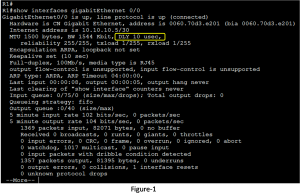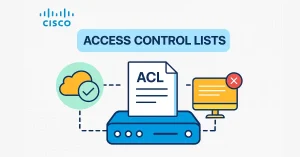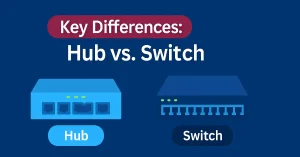Delay Metric is the measure of the time it takes a bit to be transmitted to an adjacent neighbor. The delay metric (DLY) is a constant value based on the type of link to which the interface is connected. The value is expressed in microseconds, the one-millionth of a second. In the EIGRP metric calculation, the delay value is used in 10’s of microseconds
The delay value is just like the bandwidth value. We can change the default value. Router cannot measure delay dynamically. We can calculate the Delay value, by dividing the DLY in the show interface command by 10. Important the when determining the EIGRP metric, the delay is the cumulative (sum) of all interface delays along the path from the source to destination. The default delay values for different interfaces are following:
- Ethernet – 1000
- Fast Ethernet – 100
- Gigabit Ethernet – 10
- 16M token Ring – 630
- FDDI – 100
- T1 Line – 20,000
- 56 kb/s – 20,000
You can see that the default value is 20,000 microseconds for serial interfaces and 10 microseconds for Gigabit Ethernet interfaces. We can use the show interfaces command to verify the delay value on an interface. Figure 1 illustrates the delay time in R1 interface.





